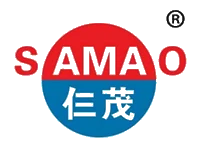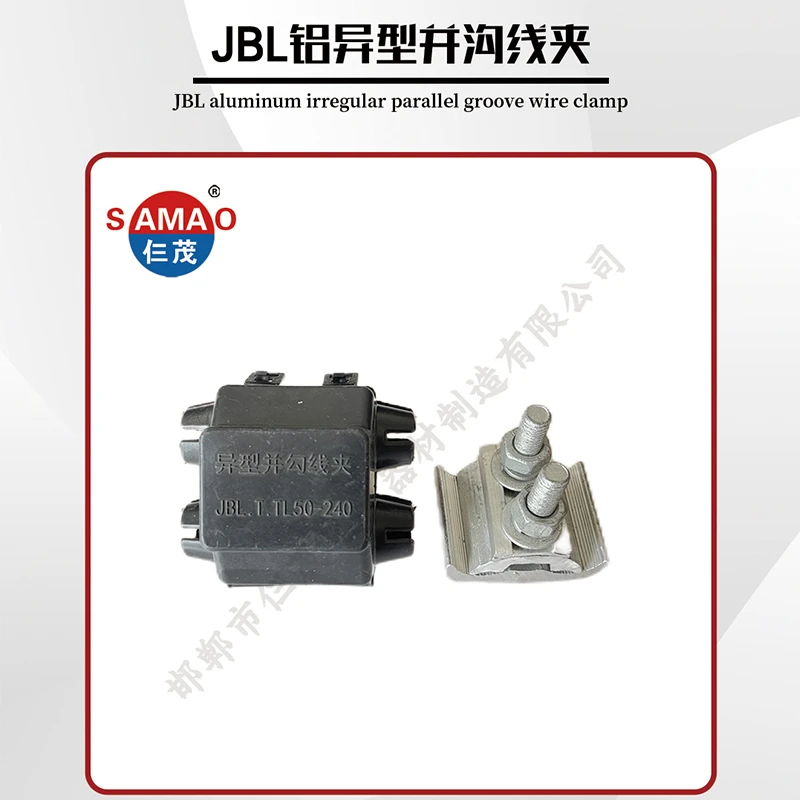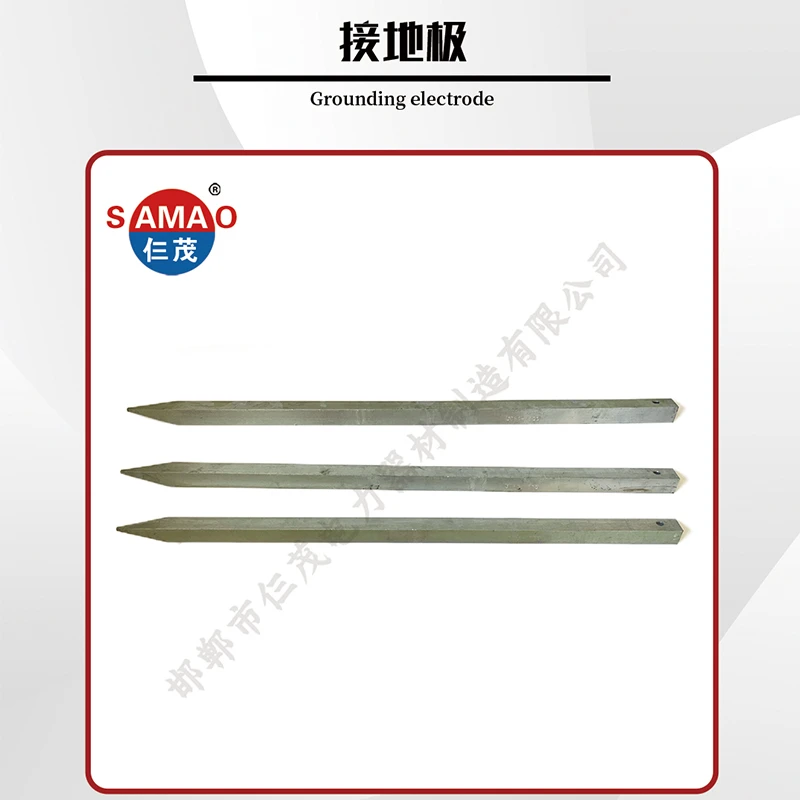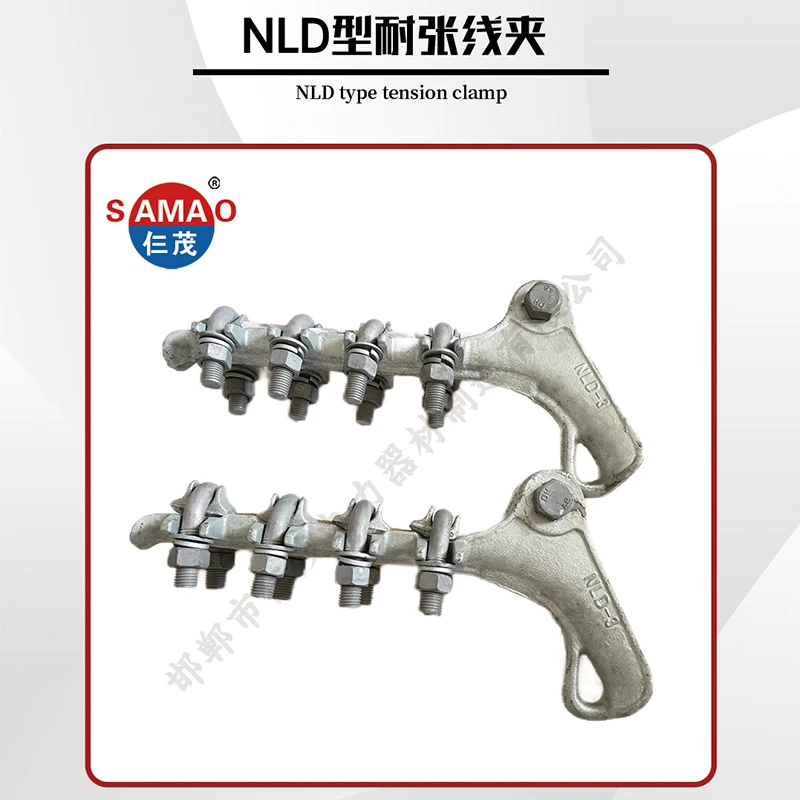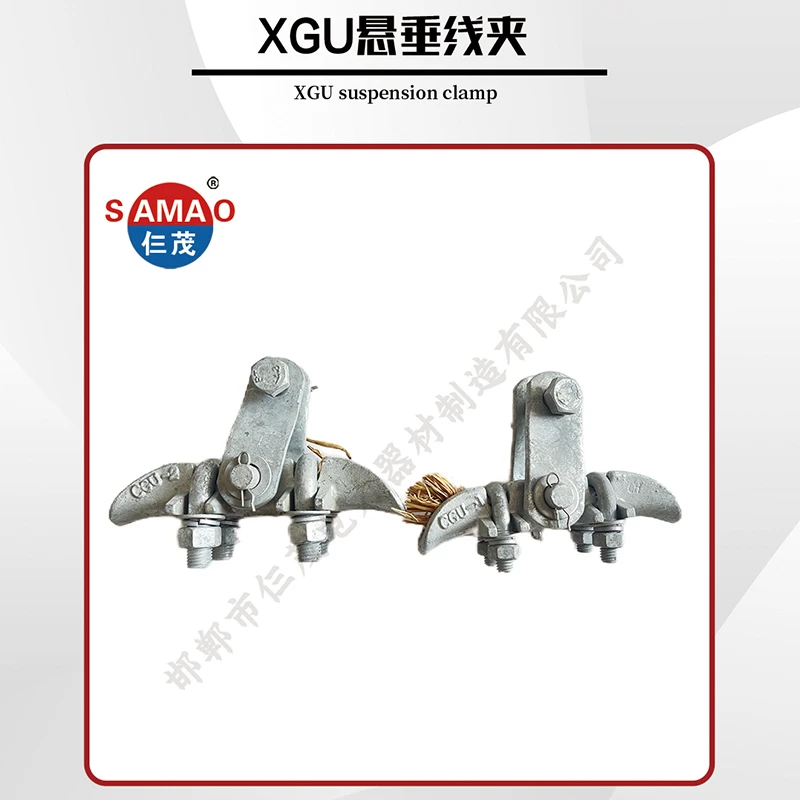Affordable Wholesale Suspension Clamps - Durable Power Line Solutions
Introduction to Suspension Clamps
Suspension clamps play a critical role in modern power transmission systems. These essential components secure conductors to insulator strings on transmission towers, ensuring reliable and efficient electricity distribution across vast networks. The wholesale suspension clamp market has experienced substantial growth, with a projected CAGR of 5.8% from 2023 to 2028 according to recent industry reports.
Core Functionality
Suspension clamps bear the entire weight of conductors while accommodating thermal expansion and contraction under varying weather conditions. Properly designed suspension clamps prevent slippage and maintain structural integrity during events like ice loading and wind-induced vibrations.
Industry Evolution
From early bolted designs to modern preformed suspension clamps, the technology has evolved dramatically. Current innovations focus on corrosion-resistant materials and streamlined designs that reduce installation time while enhancing reliability in harsh environments.
Global Applications
From urban power networks to remote transmission corridors, suspension clamp technology adapts to diverse geographic challenges. Offshore wind farms and high-altitude installations have particularly driven demand for specialized solutions.
As suspension clamp suppliers continue to innovate, understanding technical parameters like U-bolt torque specifications, cradle curvature, and breaking strength becomes increasingly important for procurement professionals and engineers alike.
Technical Parameters & Data Analysis
Industry Standard Specifications
| Parameter | Industry Range | Standard Test Methods | Critical Importance |
|---|---|---|---|
| Breaking Strength | 50-150 kN | IEC 61284 / ANSI C119.4 | Ensures structural integrity during failure events |
| Conductor Diameter Range | 15mm-45mm | IEC 61284 | Determines proper conductor seating |
| Sliding Load | Min 12 kN | IEC 61284 Clause 5.4 | Prevents conductor slippage |
| Corrosion Resistance | 1000+ hrs salt spray | ASTM B117 | Critical for coastal applications |
| Temperature Range | -40°C to +80°C | IEC 60068-2-1/2 | Maintains performance across climates |
Performance Data Visualization
Suspension Clamp Varieties & Applications
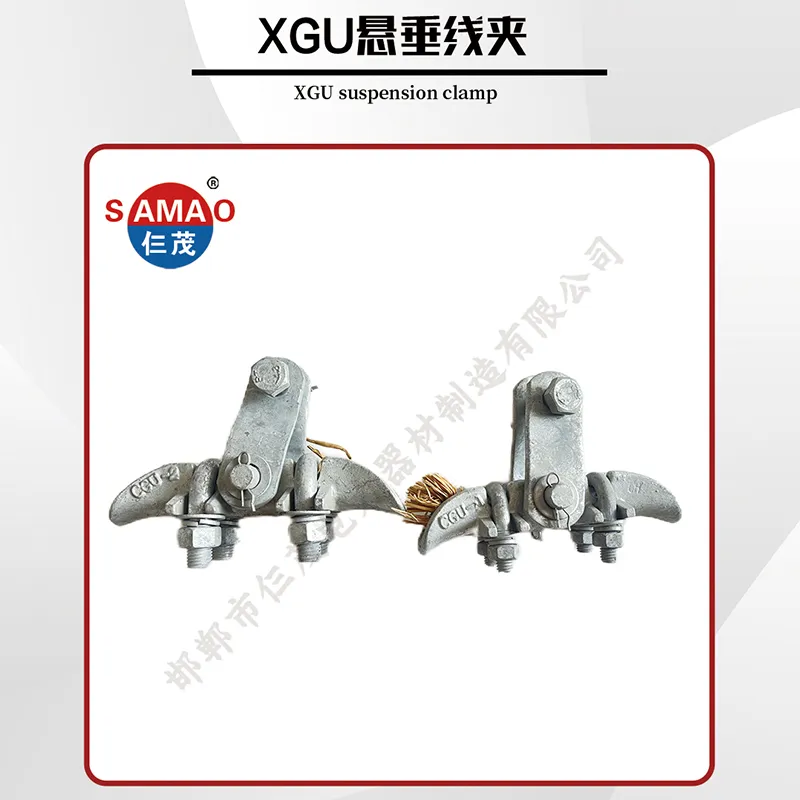
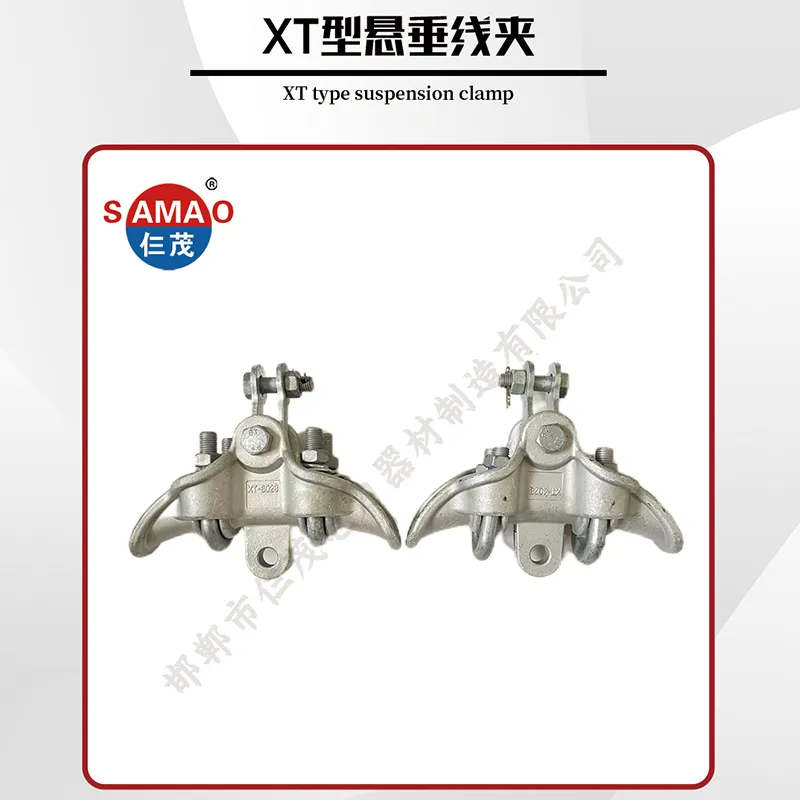
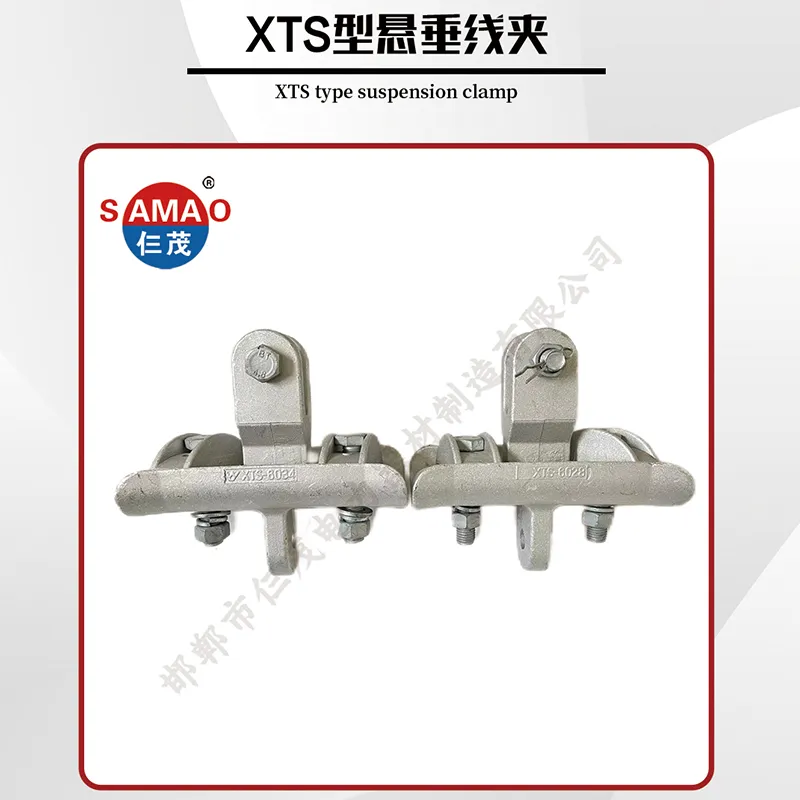
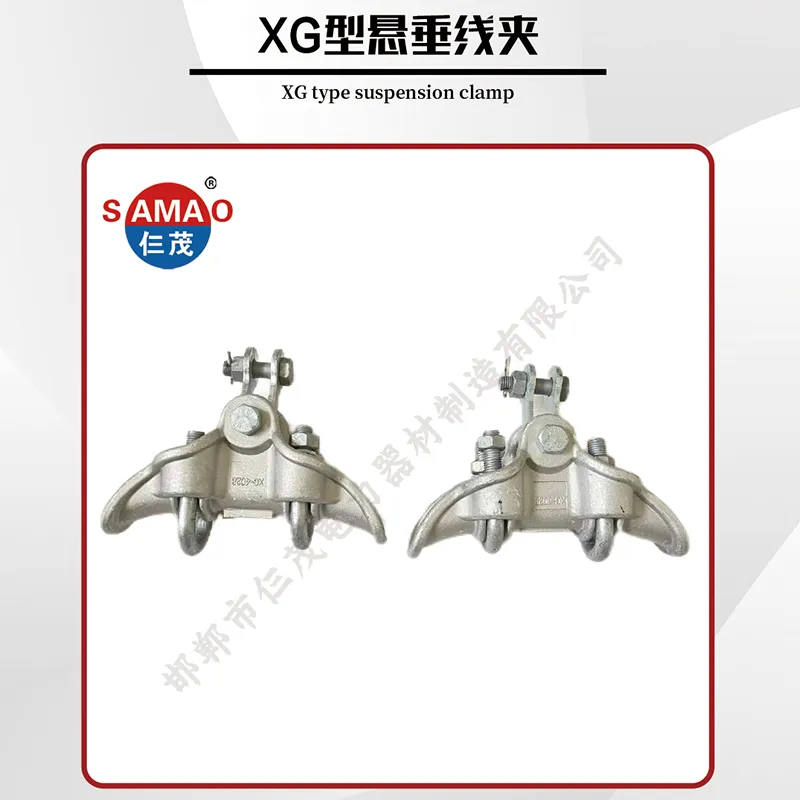
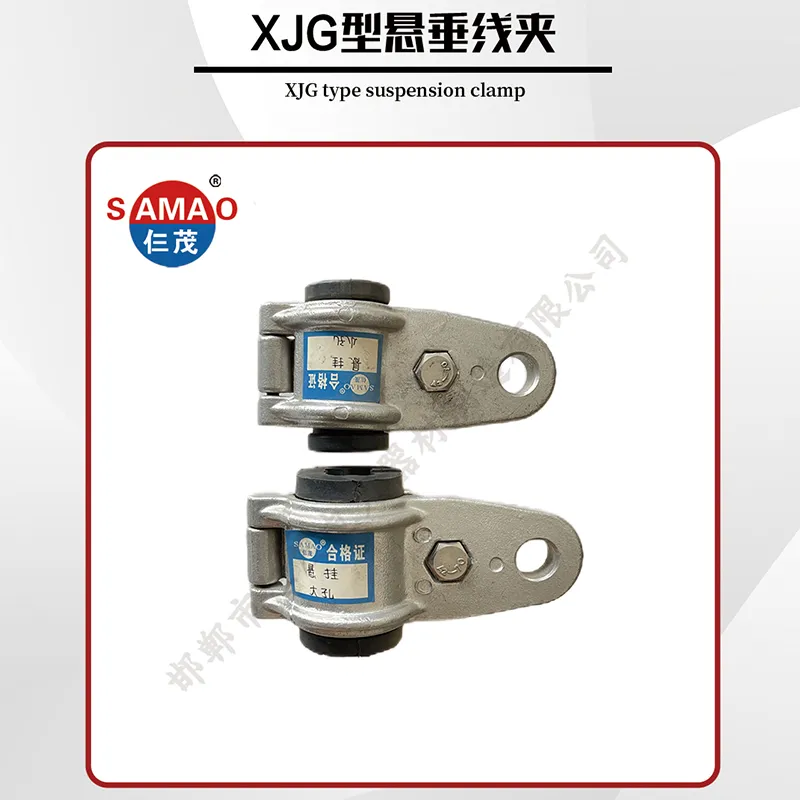
Key Suspension Clamp Types
Angle suspension clamp designs enable line deviation between 0-45°, essential for navigating challenging terrain. This specialized configuration maintains conductor integrity while accommodating directional changes in transmission routes.
For high-vibration environments, preformed suspension clamp systems offer superior performance. These incorporate helicoidal technology that distributes stress more evenly along the conductor, dramatically reducing fatigue failures at the clamping point.
When evaluating steel suspension clamp options versus aluminum alternatives, consider galvanic corrosion potential. Modern suspension clamp suppliers now offer duplex coatings that combine zinc plating with polymer topcoats for extended service life.
Handan Samao: Industry Leadership
With over 20 years of specialized manufacturing expertise, Handan Samao Electric Power Equipment Manufacturing Co., LTD. has emerged as a global leader in suspension clamp technology. Our commitment to engineering excellence has positioned us at the forefront of the wholesale suspension clamp market.
Featured Product: High-Performance Suspension Clamp
Product Name: Suspension Clamp
Description: This kind of wire clip can be used with wire and lightning protection wire. The utility model can withstand the installation load of the wire in the vertical gear distance, and does not allow the wire clip to slide or detach from the insulator string when the line is running normally or broken.
Product Page: https://www.samaoep.com/suspension-clamp.html
Contact Information
Phone: 0310-6891969
Mobile: 0310-6891969
Email: 1123937859@qq.com
Global Headquarters
Standard Parts Entrepreneurship Park, Dongmingyang Village, Linmingguan Town, Yongnian District, Handan City, Hebei Province, China
Quality Certifications
ISO 9001:2015 Certified
UL Certified Products
IEC Compliance
Professional FAQ: Technical Aspects Explored
What materials are commonly used in premium suspension clamps?
High-grade aluminum alloys (AA 6061-T6 or AA 6063-T6) dominate premium clamps due to their strength-to-weight ratio. For higher strength requirements, forged steel clamps with hot-dip galvanization provide superior load capacity. Critical components like U-bolts require carbon steel grades with minimum tensile strength of 800 MPa.
How does the preformed design reduce maintenance costs?
Preformed suspension clamps distribute pressure over a larger conductor surface area through specifically contoured grooves. This design minimizes stress concentration points that cause conductor fatigue failures, potentially extending service life by 40-60% compared to traditional bolted clamps.
What standards govern suspension clamp testing?
Primary standards include IEC 61284 (CENELEC EN 61284) for international projects and ANSI C119.4 for North America. Testing protocols specify mechanical loading sequences, slip resistance verification under varying temperature conditions, and accelerated corrosion testing parameters.
How do suspension clamp dimensions correlate with conductor ACSR?
The suspension clamp throat diameter must match the conductor diameter within ±1mm tolerance. For ACSR conductors, the nominal aluminum area determines clamp size selection—typically graded in 50mm² increments. The cradle curvature radius should be 5-8 times the conductor diameter to prevent excessive bending stresses.
What torque specifications apply to U-bolts?
Proper torque application maintains conductor grip without damaging strands. For 12mm U-bolts with M12 threads, standard torque ranges from 35-50 N·m depending on bolt grade. Always follow manufacturer specifications which account for lubrication and plating variables.
How does conductor thermal expansion affect clamp selection?
Clamp designs must accommodate ±30mm conductor movement per 100m span during temperature extremes. Selection considers material coefficients of thermal expansion (23×10⁻⁶/°C for aluminum) and incorporates spring elements or sliding interfaces where necessary.
What are the seismic design considerations?
In seismic zones, suspension clamps require additional testing to IEEE 693 protocols for high-level seismicity (HLD). Designs must withstand 0.5g horizontal acceleration while maintaining minimal conductor slippage under resonance conditions at 2-10Hz frequencies.
Industry Trends & Future Outlook
"The global transition toward renewable energy has fundamentally reshaped transmission infrastructure requirements. Modern suspension clamp designs must accommodate higher voltage levels, compact tower configurations, and extreme environmental conditions from desert installations to offshore wind farms."
As smart grid technologies evolve, suspension clamp monitoring innovations are emerging. Several manufacturers now offer integrated sensors that monitor clamp temperature, tension, and corrosion status in real-time. These systems utilize RFID or low-power IoT protocols to transmit data to maintenance platforms.
Material science continues to drive innovation in the wholesale suspension clamp sector. Composite cradle designs incorporating carbon-fiber reinforced polymers (CFRP) can reduce clamp weight by 40% while maintaining strength characteristics. For harsh environments, nano-ceramic coatings applied through HVOF thermal spraying extend service life beyond standard galvanization.
Key Future Developments
- Conductor clamp interfaces designed for ACCC (Aluminum Conductor Composite Core) technology
- Automated installation systems using drone deployment and robotic tensioning
- Self-diagnosing clamps with integrated strain gauges and corrosion sensors
- Environmentally optimized zinc-aluminum-magnesium coatings replacing conventional HDG
The increasing complexity of modern transmission networks places greater demands on suspension clamp engineering. Suspension clamp suppliers must collaborate with utilities during early design stages to ensure optimal solution integration.
Partner with Industry Experts
Connect with Handan Samao for custom suspension clamp solutions engineered to your exact specifications
Request Technical ConsultationTechnical References & Industry Resources
- International Electrotechnical Commission. (2022). Overhead Lines - Requirements and Tests for Fittings (IEC 61284:2022). Geneva: IEC Publications. https://www.iec.ch/standards
- Transmission & Distribution Engineering Journal. (2023). "Fatigue Performance Analysis of Preformed Suspension Clamps in Ultra-HV Applications." Vol. 42(3), pp. 112-128. https://doi.org/10.1016/j.tde.2023.03.005
- Global Energy Infrastructure Report. (2023). Transmission Component Market Analysis: Clamps & Hardware. London: Energy Analytics Press. https://www.energyinfra.com/reports
- Materials Performance Journal. (2022). "Advanced Corrosion Protection Systems for Overhead Transmission Hardware." 61(7), 34-39. https://doi.org/10.1002/maco.202213306
- CIGRE Technical Brochure. (2021). Design and Application of Fittings for Overhead Lines (TB 857). Paris: CIGRE Publications. https://www.cigre.org
- IEEE Power Engineering Society. (2020). Recommended Practice for Mechanical Tests of Overhead Line Hardware (IEEE 1860-2020). https://standards.ieee.org
